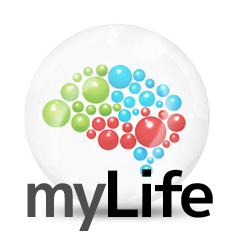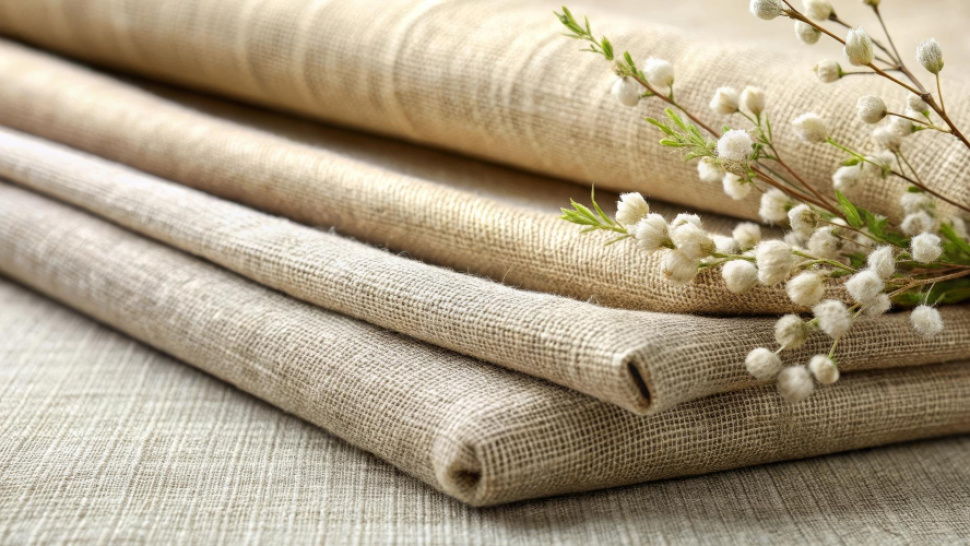Global linen fabric trade reaches billions of dollars annually, making it one of the most significant textile markets worldwide. Businesses looking to buy fabric online or establish linen fabric wholesale operations must navigate complex international regulations that can make or break their ventures.
Understanding import and export regulations isn't just about compliance—it's about protecting your business from costly delays, penalties, and lost opportunities. Whether you're a startup fashion brand sourcing premium linen or an established manufacturer expanding into new markets, regulatory knowledge determines your success in the competitive textile industry.
This guide breaks down the essential regulations governing linen fabric trade, providing practical insights for businesses ready to enter or expand in global markets.
Linen Production and Sourcing
Major linen-producing regions shape global supply chains and regulatory landscapes. Belgium, France, and the Netherlands lead European production, known for premium quality flax cultivation. China dominates global output volume, offering competitive pricing for bulk orders.
Production location directly impacts both quality and regulatory requirements. European linen typically commands higher prices due to stricter environmental standards and traditional processing methods. Asian producers focus on volume efficiency, making them attractive for businesses seeking linen fabric wholesale at competitive rates.
Quality standards vary significantly between regions. European linen often meets OEKO-TEX certifications, while some Asian producers may require additional testing for international markets. Understanding these differences helps businesses select appropriate suppliers and anticipate regulatory hurdles.
Import Regulations for Linen
Customs Duties and Tariffs
Linen fabric imports face varying tariff rates depending on origin and destination countries. Most-favored-nation (MFN) rates typically range from 8-16% for finished linen fabrics. Free trade agreements can reduce or eliminate these rates for qualifying products.
Harmonized System (HS) codes classify linen products for customs purposes. Pure linen fabrics fall under HS code 5309, while linen blends use different classifications based on fiber composition. Accurate classification prevents delays and ensures correct duty rates.
Textile Labeling Requirements
Import regulations mandate specific labeling standards for linen fabrics. The Federal Trade Commission requires fiber content disclosure, country of origin marking, and care instructions for consumer products. Business-to-business sales may have reduced labeling requirements but still need accurate documentation.
Fiber content testing becomes crucial when importing linen blends. Products labeled as "100% linen" must meet strict purity standards, while blends require precise percentage declarations. Mislabeling can result in customs seizures and financial penalties.
Import Restrictions and Quotas
Some countries maintain quantity restrictions on textile imports, though most linen products face fewer limitations than cotton or synthetic fabrics. Anti-dumping duties may apply to imports from specific countries if pricing appears below fair market value.
Documentation requirements include commercial invoices, packing lists, bills of lading, and certificates of origin. Some markets require additional certifications for organic or sustainable linen products.
Export Regulations for Linen
Export Documentation and Compliance
Export success depends on accurate documentation and regulatory compliance. Exporters must obtain appropriate licenses, complete customs declarations, and maintain detailed records for audit purposes.
Certificate of origin documents prove product eligibility for preferential trade treatment. Many linen exporters benefit from regional trade agreements that reduce tariffs for qualifying products.
Trade Agreements and Their Impact
Free trade agreements significantly affect linen export opportunities. USMCA, EU trade deals, and bilateral agreements can eliminate or reduce tariffs for qualifying linen products. Understanding rules of origin becomes essential for claiming these benefits.
Regional Comprehensive Economic Partnership (RCEP) and other multilateral agreements create new opportunities for Asian linen exporters. Businesses must track agreement updates to maximize competitive advantages.
Export Incentives and Support Programs
Government export promotion programs often support textile manufacturers entering international markets. Export credit agencies provide financing assistance, while trade promotion organizations offer market intelligence and business matchmaking services.
Duty drawback programs allow exporters to recover customs duties paid on imported raw materials used in exported products. This benefit can significantly improve profit margins for linen processors using imported flax fibers.
Case Studies
Successful Import Operation
A U.S. fashion startup partnered with Belgian linen suppliers to source premium fabrics for their sustainable clothing line. They invested in understanding EU organic certifications and established relationships with certified suppliers. By planning shipments around seasonal demand and maintaining proper documentation, they avoided delays and built a reliable supply chain.
Key success factors included thorough supplier vetting, understanding certification requirements, and building buffer time into production schedules. The company now sources over $2 million in linen fabric wholesale annually.
Export Success Story
An Indian linen manufacturer expanded into European markets by obtaining OEKO-TEX certification and establishing partnerships with EU distributors. They invested in understanding EU REACH regulations and built compliance into their production processes.
The company's revenue from European exports grew 300% over three years by focusing on regulatory compliance and quality consistency. They now supply major European fashion brands and textile retailers.
Common Pitfalls to Avoid
Many businesses fail due to inadequate regulatory preparation. Common mistakes include:
Incorrect HS code classification leading to wrong duty rates
Insufficient documentation causing customs delays
Poor supplier vetting resulting in quality issues
Ignoring labeling requirements and facing regulatory penalties
Successful businesses invest time in understanding regulations before entering new markets. They work with experienced customs brokers and maintain detailed compliance documentation.
Key Considerations for Future Success
Linen fabric import and export regulations continue changing as governments update trade policies and environmental standards. Businesses must stay informed about regulatory developments affecting their operations.
Digital documentation systems increasingly replace paper-based processes, requiring businesses to upgrade their compliance capabilities. Blockchain technology may soon transform supply chain documentation and verification processes.
Sustainability regulations gain importance as consumers and governments demand environmentally responsible practices. Linen's natural sustainability advantages position it well for future market growth, but businesses must document and communicate these benefits effectively.
The global linen fabric market offers significant opportunities for businesses willing to understand and comply with international regulations. Success requires careful planning, thorough documentation, and ongoing attention to regulatory changes.
Ready to enter the linen fabric market? Explore our linen fabric collection to find premium materials that meet international quality standards and regulatory requirements.




Share the News